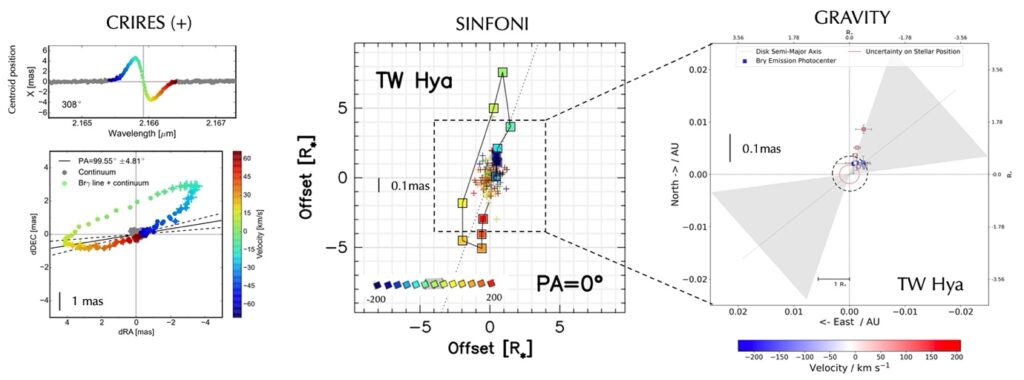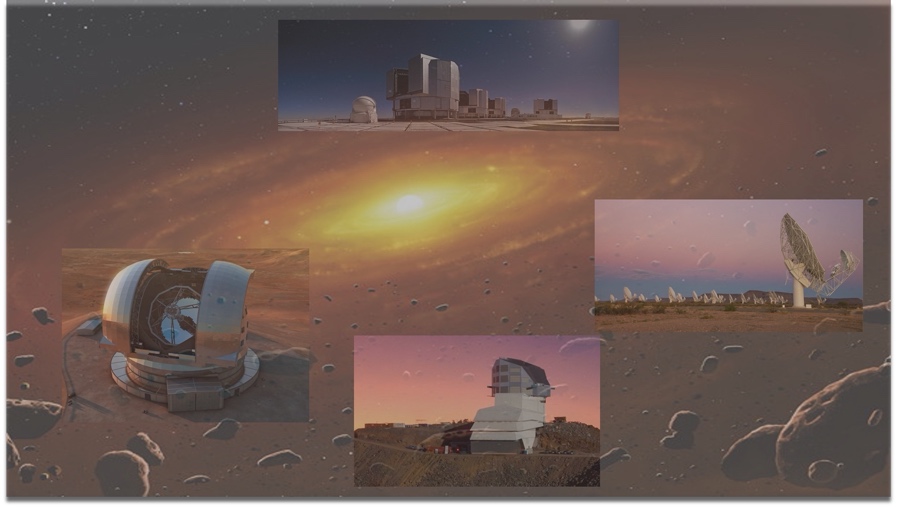Prof. Dr. Lucas Labadie, Guest professor, “The inner disk of young stars: accretion, ejection, and planet formation”, IESC, Cargèse, Corsica, France:
Our understanding of the physical processes that regulate the evolution of the circumstellar environment of YSOs has made very significant progress in the last decade. For instance, the distribution of gas and dust in young inner disks has been mapped in detail, revealing large-scale trends as well as localized inhomogeneities, precisely interpreted in the context of theoretical models of disk evolution. The discovery of embedded protoplanets has shed new light on the disk-planet interactions, whereas gas diagnostics tracing inflow/outflow processes at the star-disk interface have a strong significance for describing the mechanisms of disk dispersal. These advances were made possible thanks to the steady improvement of observational capabilities across a large fraction of the electromagnetic spectrum, enabling multi-wavelength observational approaches and increased spa.al resolution. It is therefore essential that the community of observers remains informed on the instrumentation serving their science. In this talk, I will review the development path of recent instrumentation capabilities – including space-based – that have enabled such a progress and describe some new perspectives. In the current and upcoming decades, the new suite of optical/infrared instruments at the VLT/VLTI (ERIS/GRAVITY+) and on the 39-m Extremely Large Telescope (METIS/MICADO/HARMONI) will offer unprecedented imaging and spectroscopic perspectives for the study of young stars and planet forming disks. Long-wavelength (millimeter) facility initiatives such as SKA and ngVLA may become relevant for this science in the post-ALMA era. Finally, the tight network of mid-size optical telescopes may be continued for dedicated scientific challenges related for instance to variability studies, a science case that will also benefit from upcoming survey telescopes.


